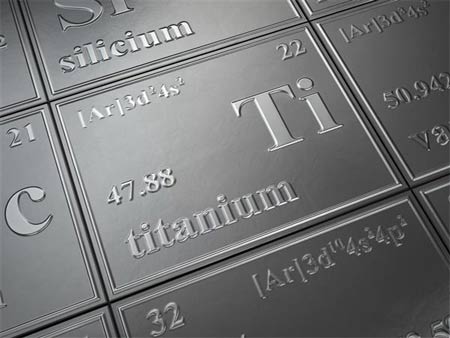Gaining a great momentum this year, metal 3D printing also enlivened metal alloys market. As the report published by the SmarTech, titanium will be the leader of materials market in the next ten years.
Industry analiyse firm, SmarTech carried out a research on the future of titanium in 3D world. Accordingly, titanium is expected to reach 518 million dollar of market share until 2022 and 1,077 million dollars until 2026.
With GE purchasing a controlling share in one of the largest titanium additive manufacturing companies in the world, and thus gaining a significant stake in the supply chain for titanium powders used in additive manufacturing systems, the titanium supply chain has been thrust into short term uncertainty. The market is responding to significantly increased demand for high quality, traceable, and exceptionally pure titanium materials for additive manufacturing, with a number of new market entrants having taken place in 2016 and more planned for 2017. Capacity expansions at existing leaders in the titanium powder supply chain are underway, thus creating a chaotic future scenario with potentially over a billion dollars on the line in the future.
Within the automotive industry, the motorsports sector will be the primary users of 3D-printed titanium parts. At present the value of the titanium consumed is tiny. However, by 2019, the value of titanium consumed by the automotive sector will exceed $10 million and by 2024 it will be close to $50 million. Throughout the period we expect to see titanium demand within the automotive sector come mostly from continued use for high-performance parts in racing vehicles. By 2024, the automotive is expected to utilize 103 metric tons in annual demand of titanium and titanium alloys powders.

The impact of these market drivers is expected to accelerate as the cost of titanium additive manufacturing goes down. Efforts to reduce these costs are already underway. These consist of reduction of AM system cost itself, as well as alternate titanium powder production methods to reduce actual material cost per kilogram of titanium. Both avenues would ultimately reduce cost of 3D printed titanium parts for automobile manufactures and potentially result in increased titanium powder demand in the automobile industry
It is still not immediately clear if 3D printed titanium will make significant inroads beyond the motorsports segment and into commercial vehicle markets. Other metals could prove more efficient and cost effective for automotive parts production. On the other hand due to its excellent weight-to-strength ratio, titanium may prove particularly effective in driving 3D printing adoption in the automotive industry as a whole.
